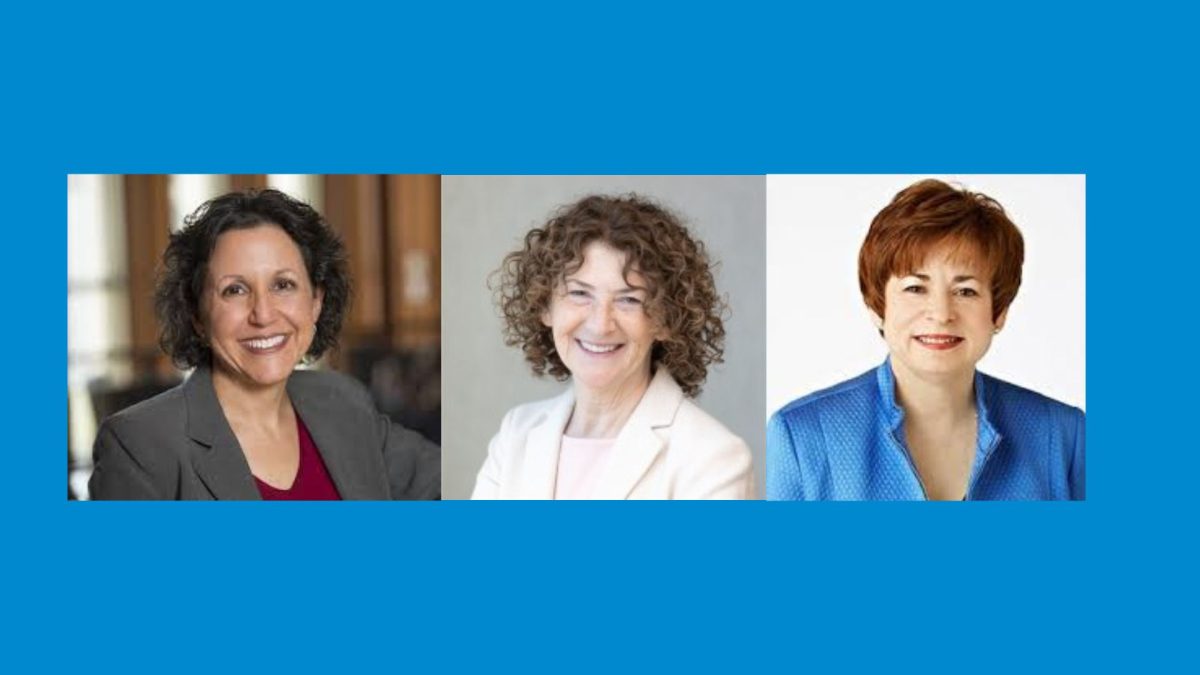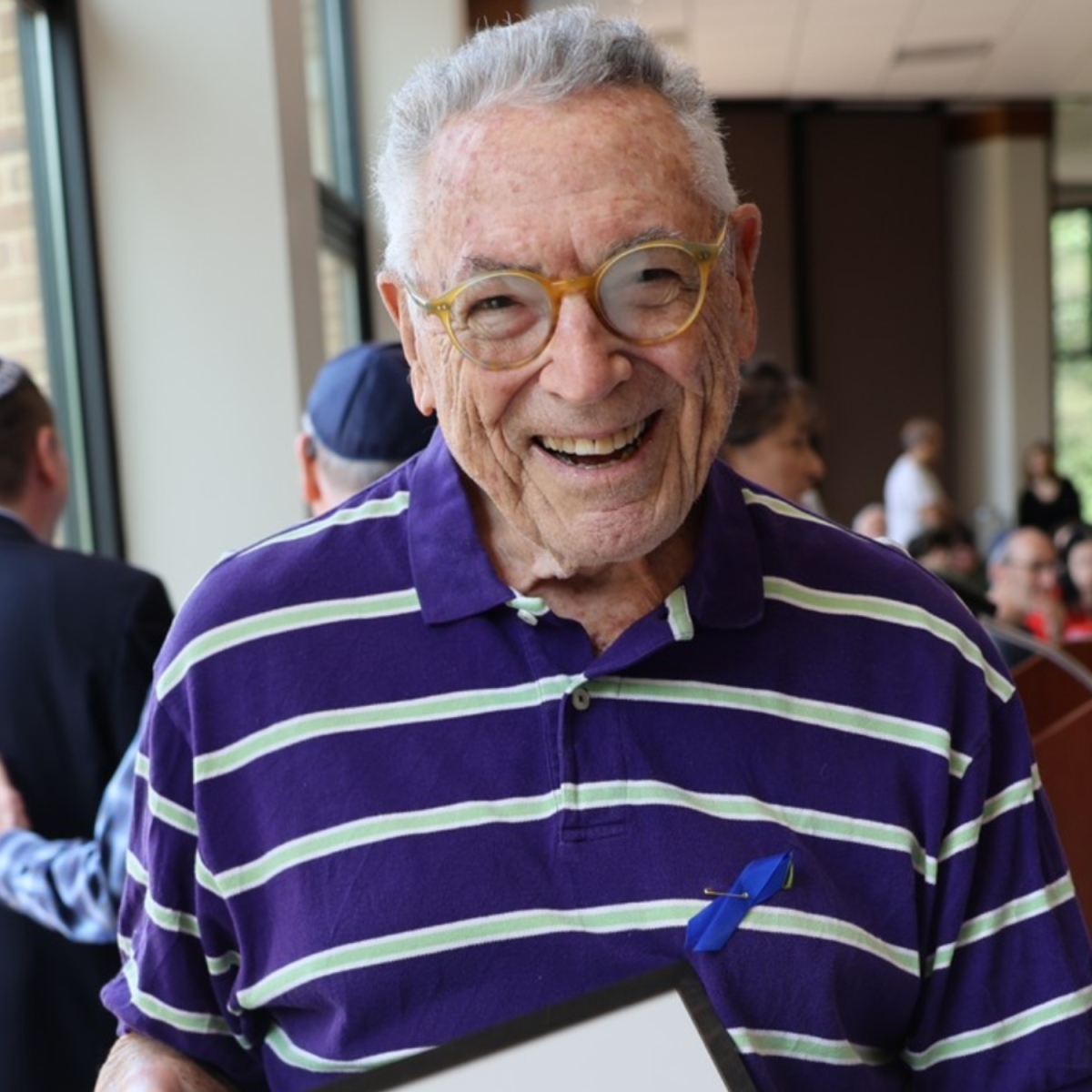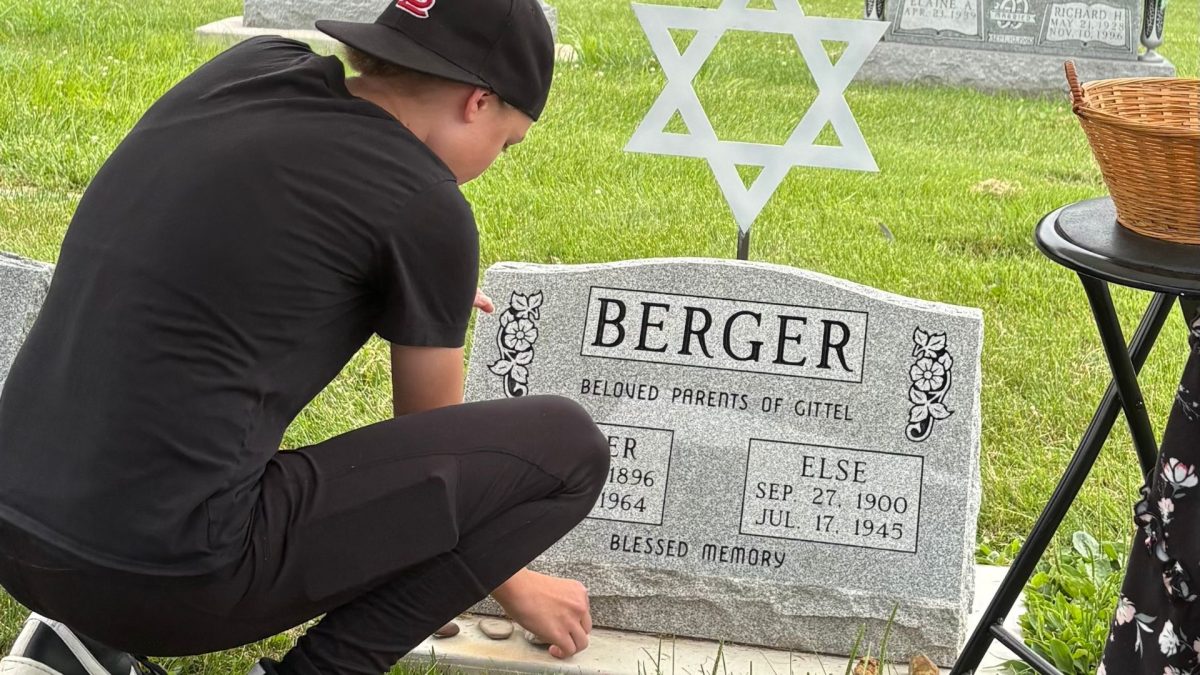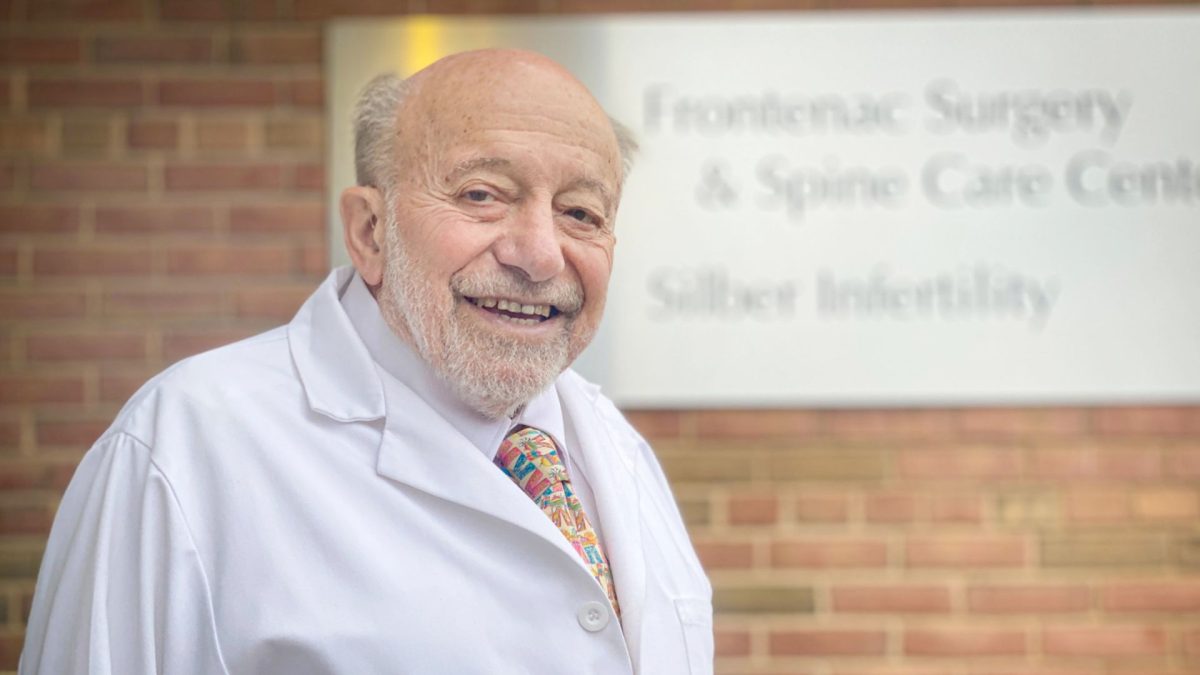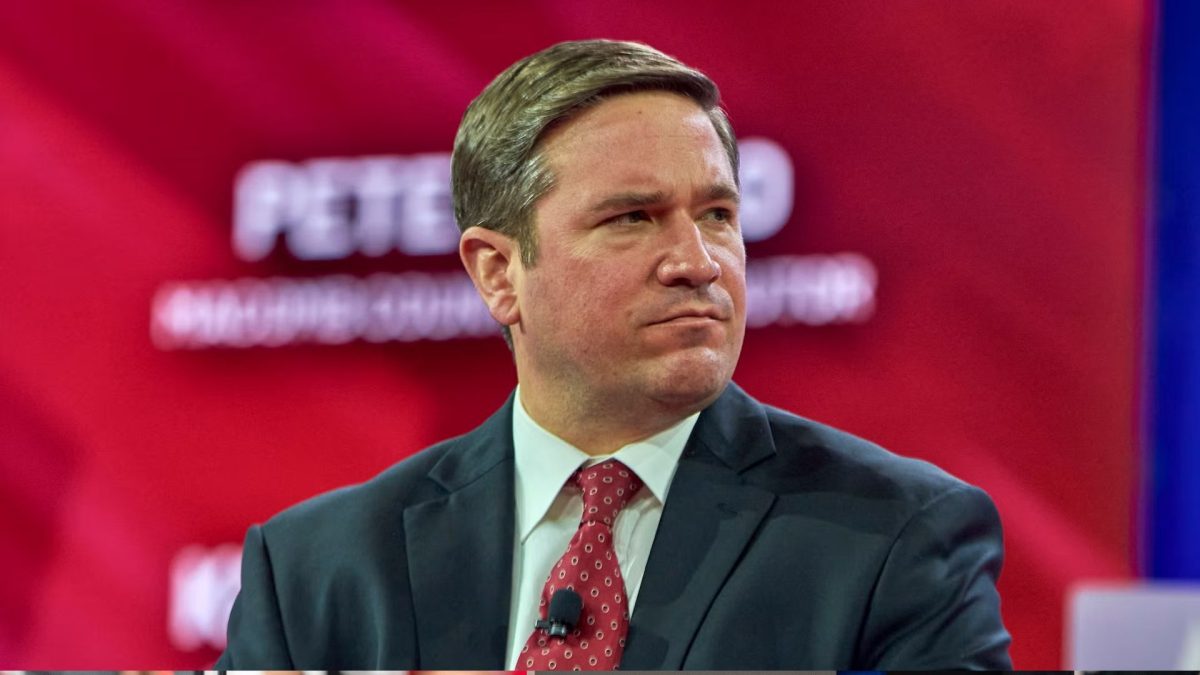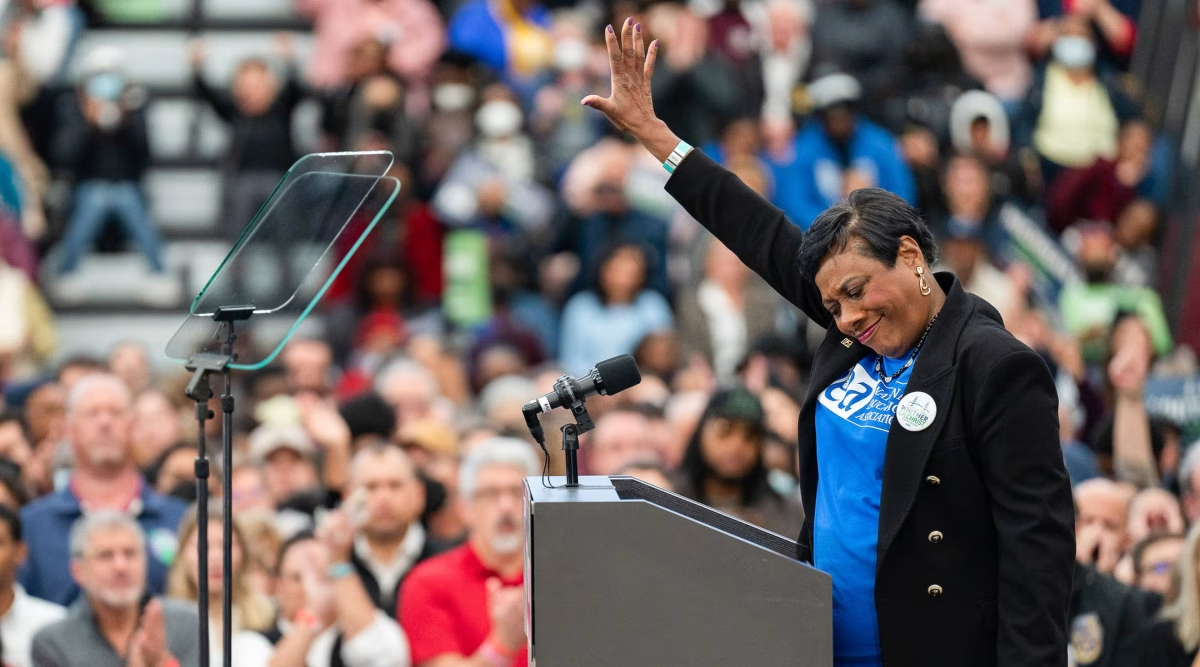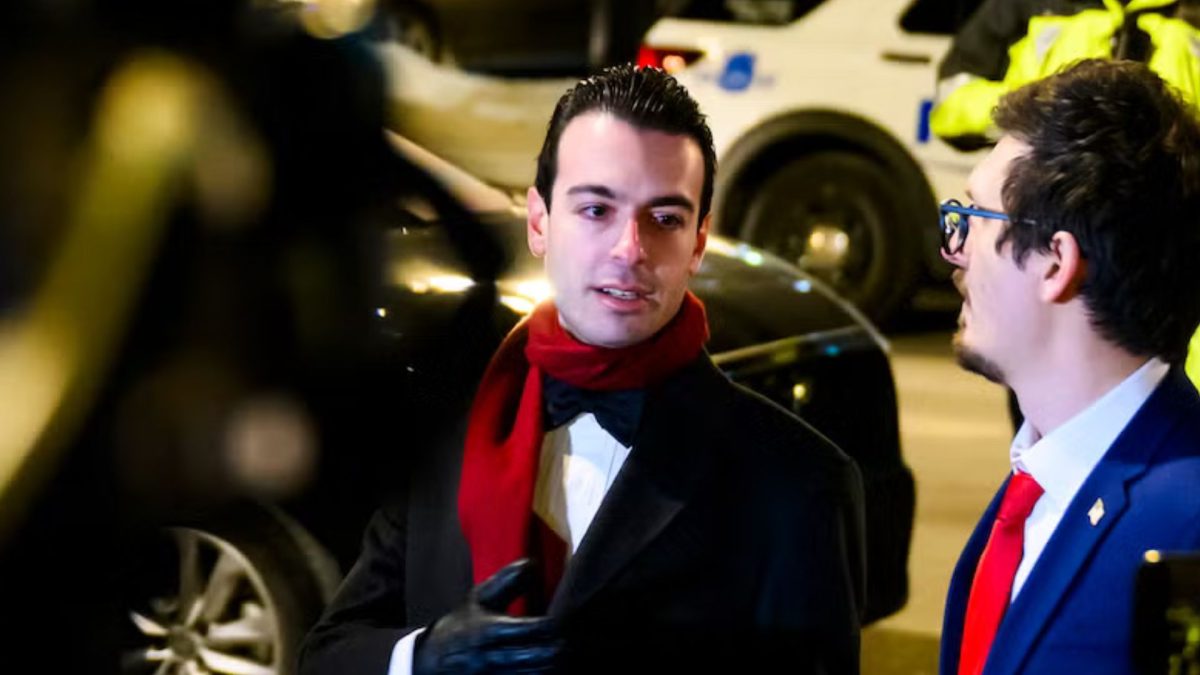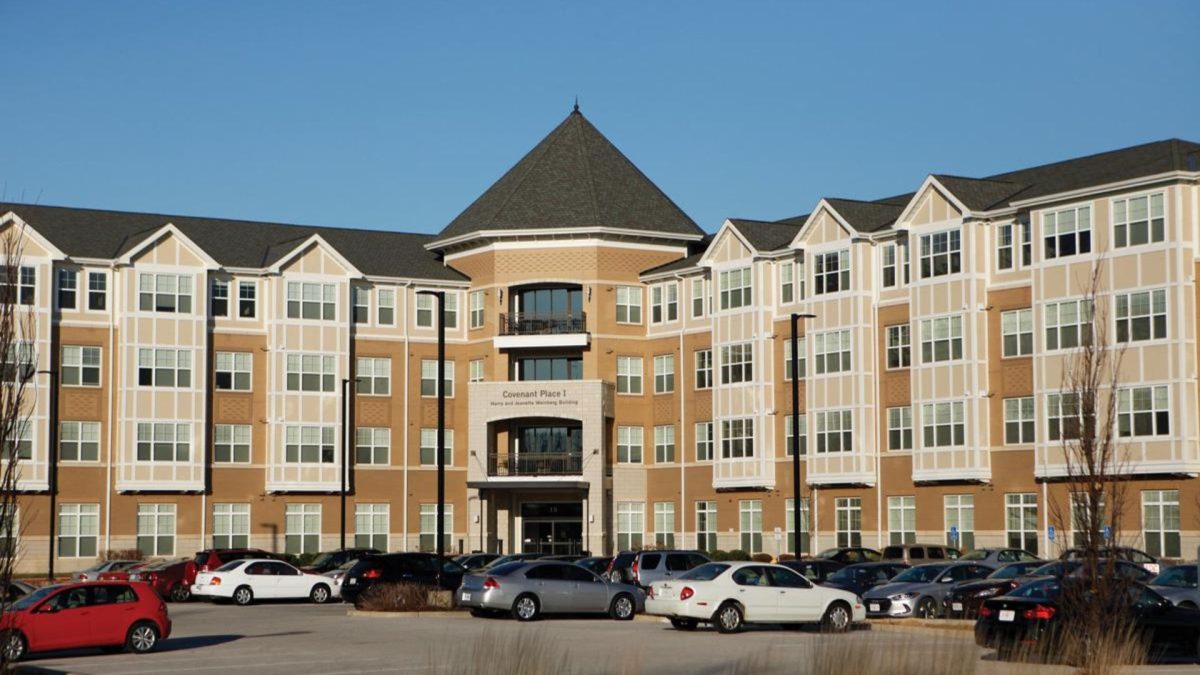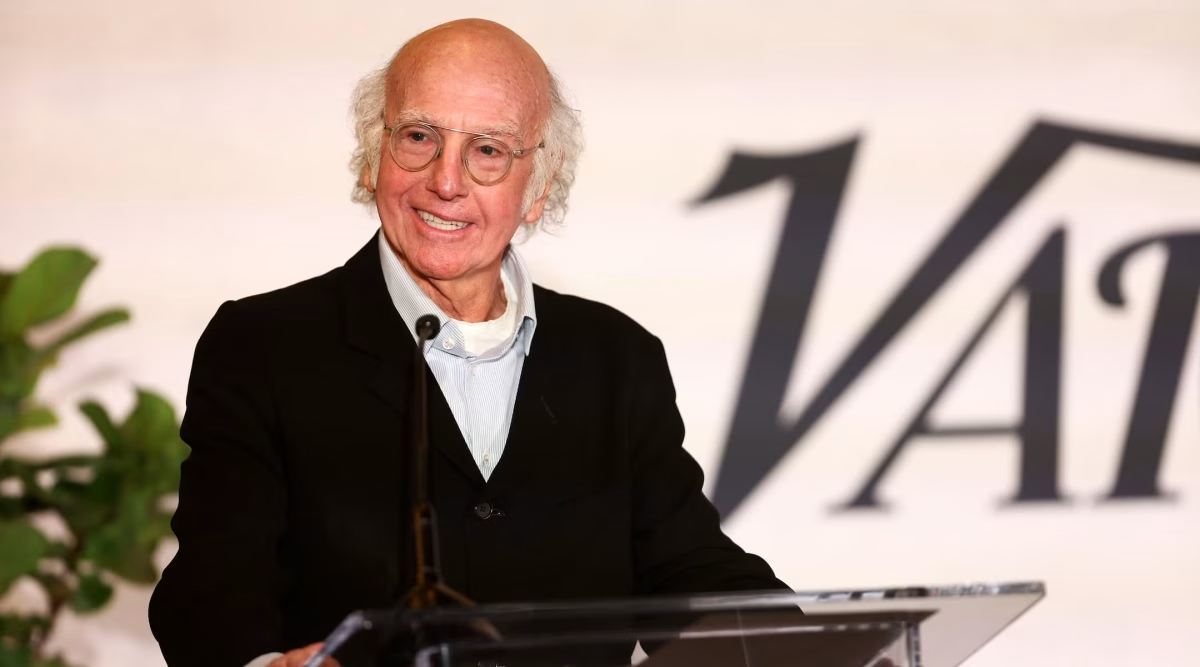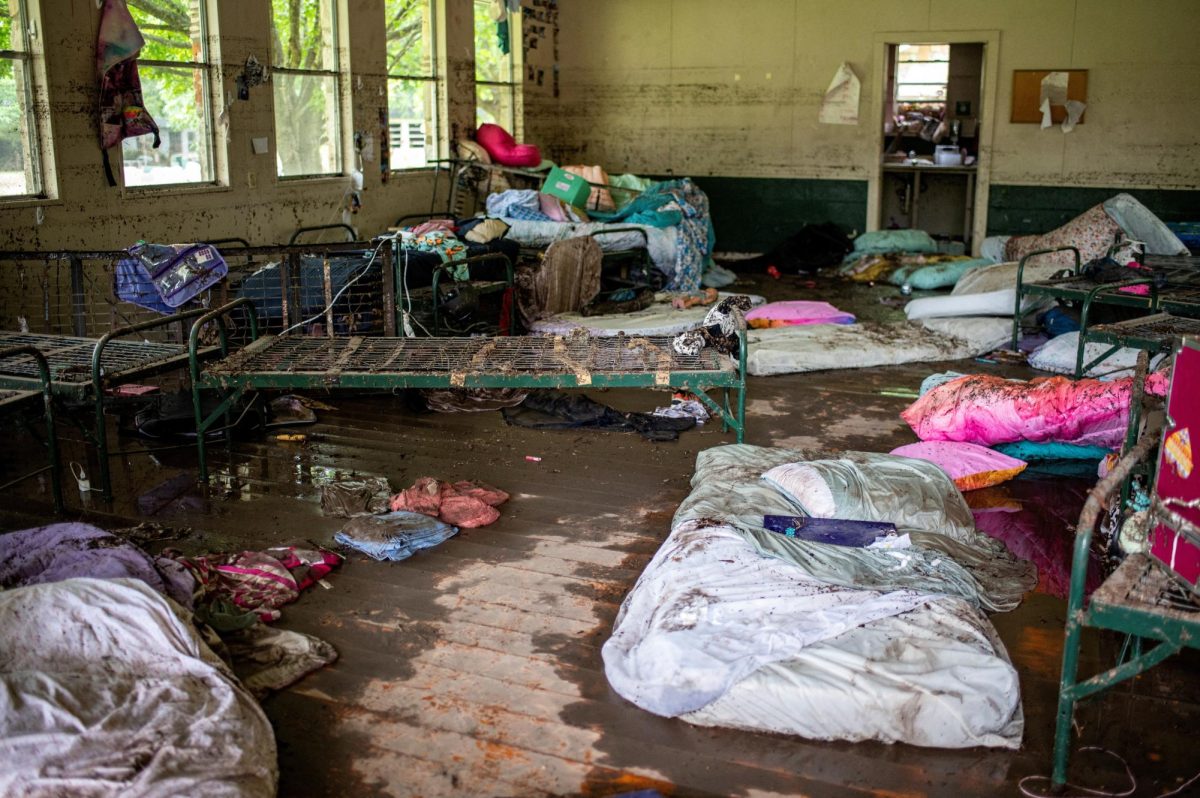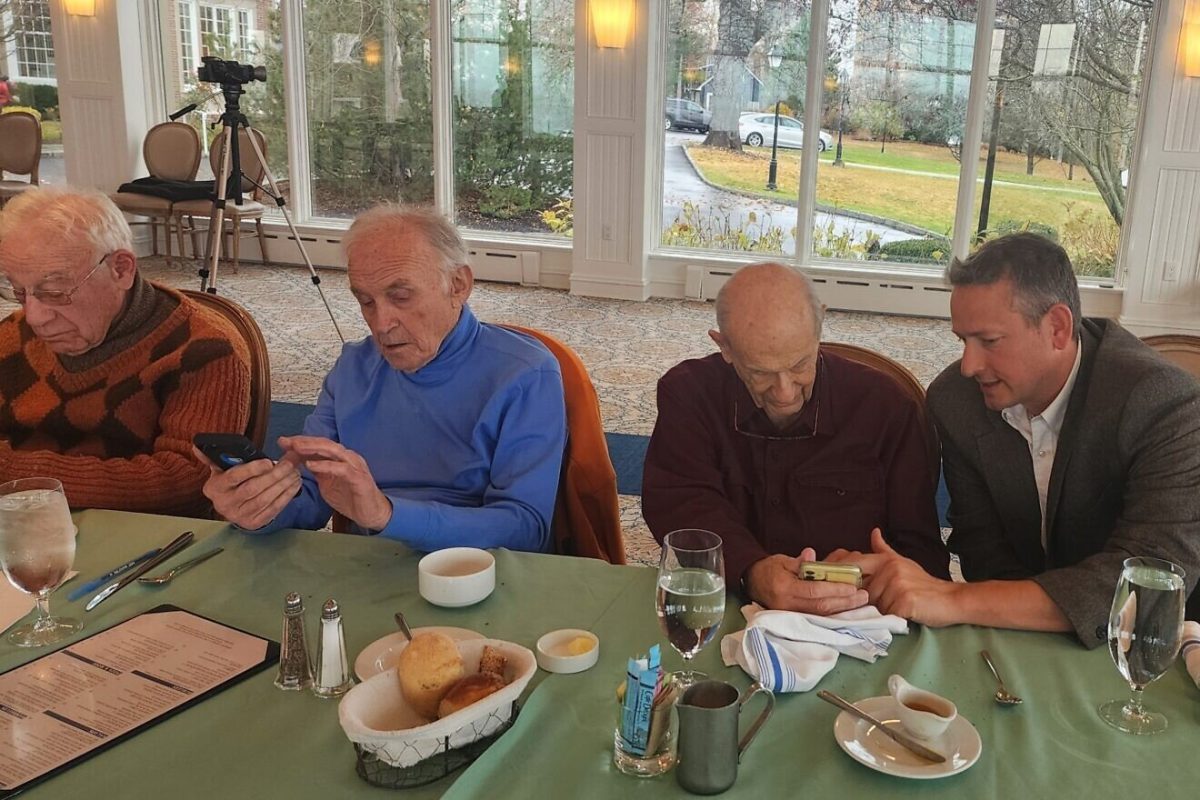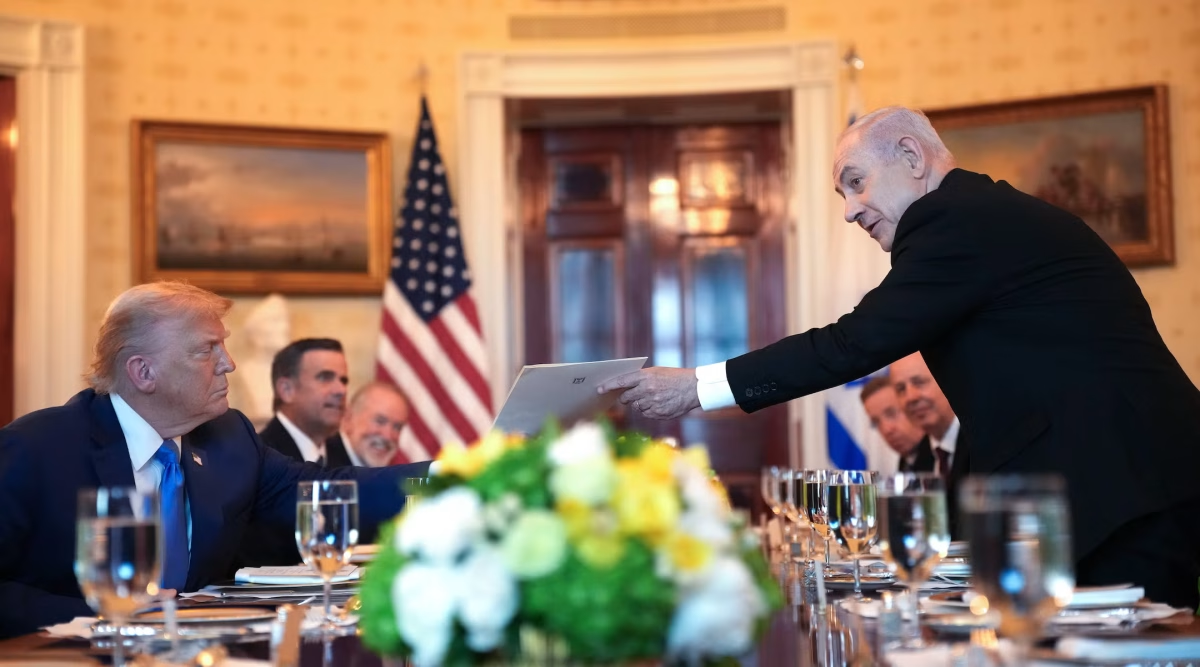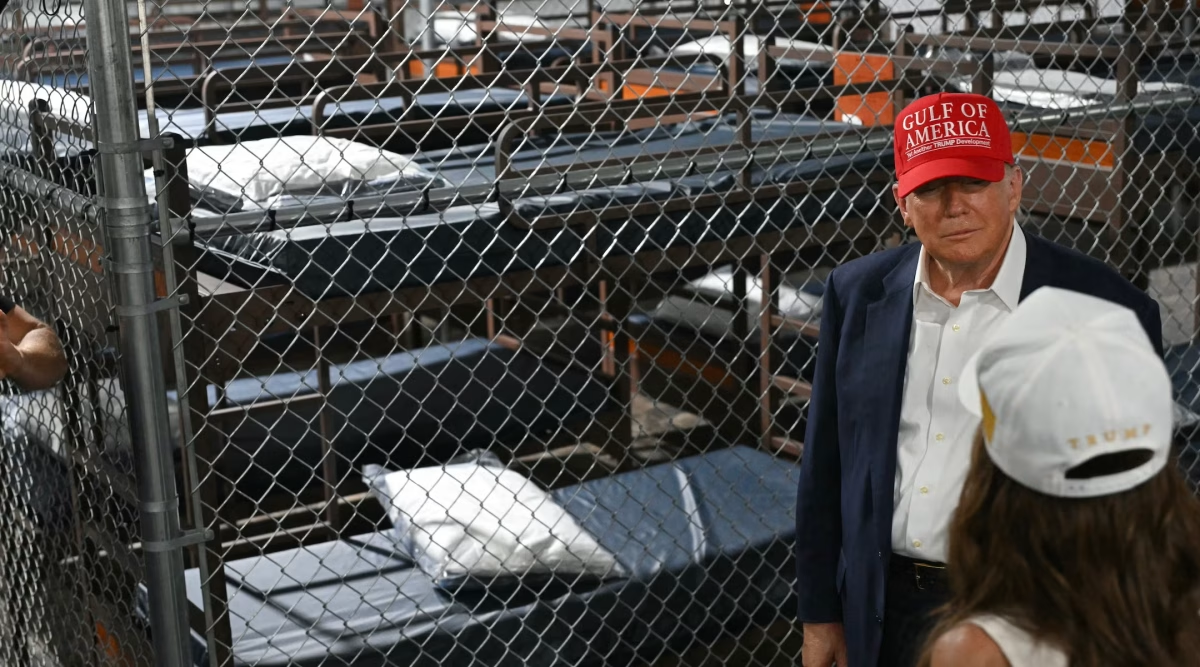(New York Jewish Week) — Thirteen men were arraigned on Wednesday for a fracas that broke out over an illegal excavation in January at the headquarters of the Chabad-Lubavitch movement in Brooklyn.
The incident, which took place at the synagogue at 770 Eastern Parkway, drew global attention and exposed rifts in the Chabad movement over the status of the building, a symbol of the movement and its worldwide network of emissaries.
Charges included criminal mischief, a felony, along with reckless endangerment and obstruction of governmental administration, which are both misdemeanors. Some defendants received multiple charges, court filings showed.
The defendants, most of whom are in their early 20s, pleaded not guilty in Brooklyn’s Kings County Supreme Criminal Court.
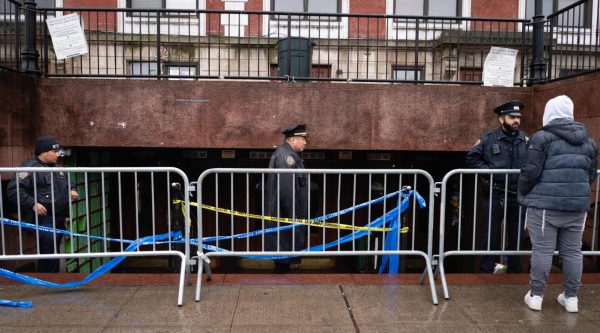
Four more defendants were not arraigned because they are in Israel. All but one of the defendants are Israeli, and all are rabbinical students. Those remaining in New York have continued their studies since the incident, the defendants’ lawyer, Levi Huebner, told the New York Jewish Week.
The charges stem from a melee that broke out at the synagogue when workers attempted to fill in the illegal excavation with cement, and not from the excavation itself, Huebner said. Some students at the scene attempted to block the repair work, leading to scuffles with police.
“I think students all over the country, sometimes they get a little bit naive,” he said. “I don’t really think there was any kind of criminal intent.”
The defendants are set to next appear in court at the end of May.
New York City investigators said the illicit underground passageway stretched for 60 feet. The tunnel was 8 feet wide, 5 feet tall and threatened the structural stability of two buildings, the city’s Department of Buildings said in January. Concerns about structural stability forced the closure of the synagogue for several days.
The synagogue adjoins the Chabad headquarters, popularly known simply as “770,” a building that served as the office of the late Chabad spiritual leader Rabbi Menachem Mendel Schneerson. It was previously the home of Schneerson’s father-in-law and predecessor, Rabbi Yosef Yitzchak Schneersohn.
A small, independent group from Chabad has been pushing to expand the Chabad headquarters, believing that Schneerson, who some Chabad Hasidim believe is the messiah, instructed them to do so. Students who were at the scene told the New York Jewish Week that the tunnel had been part of a wildcat effort to expand the complex. Huebner confirmed that that was the intent.
“All they wanted to show is this is what could be done; 770 could be expanded. I’m not saying this is right,” Huebner said.
Footage from the scene in January showed chaos in the interior of the synagogue. Video clips that circulated online showed a small group of young men inside a hole in the wall that appeared to lead to a cavernous space, as police kept crowds of others away. Other videos showed young men tearing wooden panels off walls, arguing with police, being handcuffed and being removed from the building.
Spokespeople for Chabad pushed back against calling the passageway a tunnel, saying the term was misleading and carried connotations that maligned the community. The passageway was mostly formed by altering an existing, abandoned crawlspace adjacent to the synagogue, Huebner said. The incident gave rise to widespread and baseless antisemitic conspiracies online.
This is not the first controversy to envelop the complex, which has been the subject of a years-long legal battle over ownership between rival Chabad institutions. Disputes over where the site should be expanded, and how it should be done, received renewed attention in the wake of the incident.
Chabad spokespeople and witnesses to the incident described those responsible for the tunnel as a fringe group within the movement. Chabad leaders condemned the incident and expressed anguish over the synagogue’s closure.
“We pray that they see the error of their ways and they make amends for the harm that they caused,” Chabad spokesperson Motti Seligson said after the arraignment. “Violence and destruction are anathema to everything the rebbe taught.”
The tunnel was in the basement of a single-story building behind the Chabad headquarters’ main synagogue, where the fracas took place, the city investigation found. Those who dug the tunnel had created several openings in the basement walls of the single-story building.
The tunnel had rudimentary supports in place and was constructed without approval or permits. City engineers said the excavation had undermined the building above it, as well as another building on Kingston Avenue, causing structural stability issues. The Department of Buildings issued partial vacate orders for both buildings due to safety concerns.
—
The post 13 rabbinical students charged for fracas over Chabad synagogue tunnel appeared first on Jewish Telegraphic Agency.




